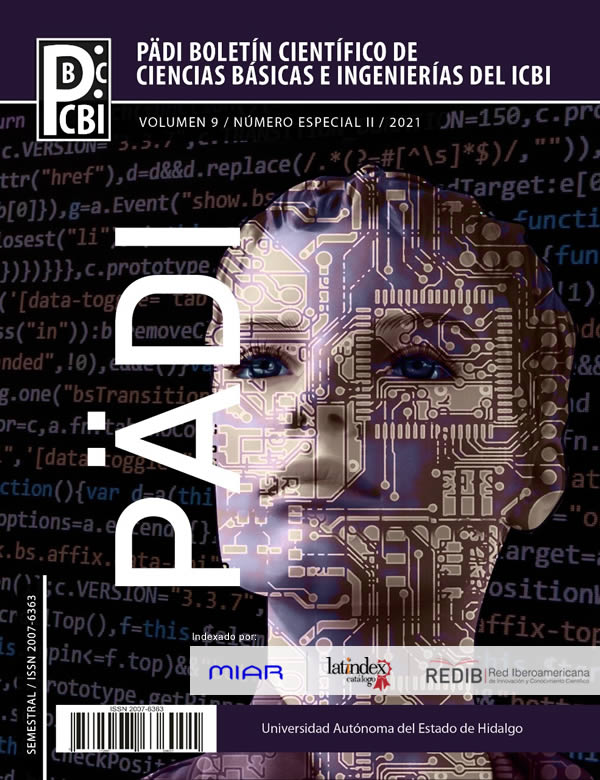Development of a plasmonic absorber: evaluation as a thermosolar material
DOI:
https://doi.org/10.29057/icbi.v9iEspecial2.7994Keywords:
nanoparticle, thermosolar, plasmonic, absorberAbstract
The development of new materials that have the ability to absorb a wide range of wavelengths, of the electromagnetic spectrum, will allow us to improve the efficiency of solar thermal cells. The use of plasmonic absorbers has made it possible to improve the capture of solar radiation and thus be able to transform the absorbed light into electrical or thermal energy. In this work we will address the photothermal effect of plasmonic materials, such as gold, silver and copper, to transform solar radiation into thermal energy as a consequence of surface plasmon resonance and the generation of hot spots between nanoparticles, that is why We will obtain by the biosynthesis method different sizes and morphologies of gold nanoparticles, which will be deposited on a porous aluminum substrate, in order to increase the interaction that this type of plasmonic materials have with solar radiation. The proposed design of the Plasmonic Absorber was evaluated with a continuous spectrum lamp from 420 to 800 nm, obtaining a temperature difference between 2.0 and 2.5 ° C, and under ambient conditions a temperature difference of 20.0 to 25.0 ° C was obtained.
Downloads
Publication Facts
Reviewer profiles N/A
Author statements
Indexed in
- Academic society
- N/A
References
M. Estrada-Flores, C. Reza-San Germán (2010). Síntesis y caracterización de películas nanoporosas de Al2O3. Superficies y Vacío, 23(2), 1-5. DOI: 942415092001.
Koray Aydin, Vivian E. Ferry, Ryan M. Briggs, Harry A. Atwater (2011). Broadband polarization-independent resonant light absorption using ultrathin plasmonic super absorbers. Nature Communications, 2, 1-7. DOI: 10.1038/ncomms1528.
Lei Lei, Shun Li, Haixuan Huang, Keyu Tao, Ping Xu (2018). Ultra-broadband absorber from visible to near-infrared using plasmonic metamaterial. Optics Express, 26, 1-7. DOI: 10.1364/OE.26.005686.
Luwei Zhou, Cheng Zhang, Liujing Li, Tingting Liu, Ke Li, Shaolong Wu, Xiaofeng Li (2021). Nanobowls-assisted broadband absorber for unbiased Si-based infrared photodetection. Optics Express, 29, 1-12. DOI: 10.1364/OE.423897.
Nayely Torres-Gómez, Rodolfo D. Ávila-Avilés, Alfredo R. Vilchis-Néstor (2020). Biosynthesis and characterization of nanostructures by electron microscopy. Mundo Nano, 13(25), 29-43. DOI: 10.22201.
Santiago Rodríguez Suárez, Emmanuel Espinoza Navarrete; GIZ: Joscha Rosenbuch, Hermilio O. Ortega Navarro; IER: Dr. Manuel Martínez Fernández, Dra. Karla G. Cedano Villavicencio, Miriam M. Armenta (2017). LA INDUSTRIA SOLAR FOTOVOLTAICA Y FOTOTÉRMICA EN MÉXICO. ProMéxico, Primera Edición, ISBN: 978-607-97294-8-6, pp. 27-30.
Zhongming Huang, Shengliang Li, Xiao Cui, Yingpeng Wan, Yafang Xiao, Shuang Tian, Hui Wang, Xiaozhen Li, Qi Zhao, Chun-Sing Lee (2020). Broadband aggregation-independent plasmonic absorber for highly efficient solar steam generation. J. Mater. Chem., 8, 10742-10746. DOI: 10.1039/x0xx00000x.




















